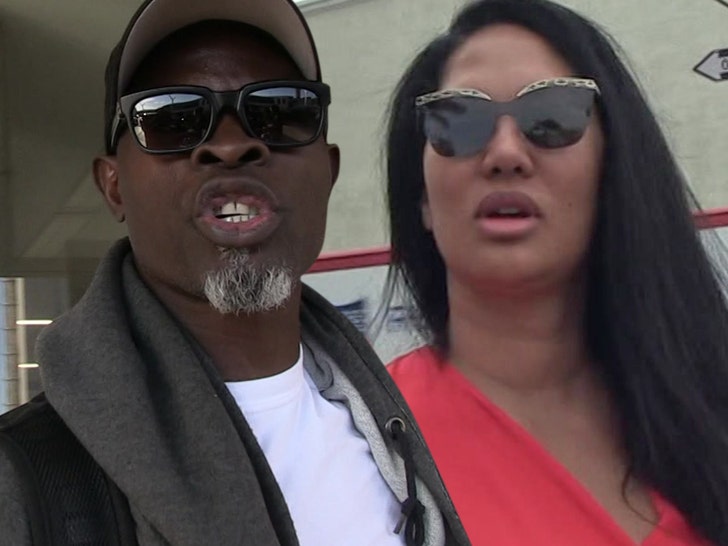Walt Disney (NYSE: DIS) has steadily increased prices at its U.S. theme parks. That's led to revenue increases, but overall attendance has dropped. That drop may be intentional: Pricing is a lever Disney can use to control crowds, delivering a better experience for those who can afford it while maximizing revenue for the company.
Still, while Disney may use pricing to keep crowds manageable, it probably doesn't want attendance to drop. And that's what happened in the third quarter when attendance at domestic theme parks fell by 3% (though overall spending increased by 10% due to higher admissions and increased food, beverage, and merchandise spending).

Attendance dropped at Walt Disney's U.S. theme parks. Image source: Walt Disney.
Why is attendance down?
It's possible that attendance fell because potential theme park visitors put off visits in order to wait for Star Wars: Galaxy's Edge. That new land opened at Disneyland in California on May 31, about two months into the quarter, but it opened with one of its two rides out of commission.
The Florida version of the Star Wars land won't open until late August, and it also will open with only one of its two rides in operation. According to Disney CFO Christine M. McCarthy, speaking on the Q3 earnings call:
"The decline in attendance at Disneyland Resort was primarily driven by lower annual passholder visitation as we managed demand for the first few weeks after opening Star Wars: Galaxy's Edge and in order to maintain a high level of guest satisfaction. ... And at Walt Disney World, our survey data suggests that guests are deferring visitation until after Star Wars: Galaxy's Edge opens, which we believe contributed to the decline in attendance we saw during the third quarter."
That's certainly possible, and it likely explains some of the attendance drop. It's also possible that Disney's steady price increases for admission, food, and anything else associated with visiting its parks have caused a shift in consumer behavior.
A single-day ticket with "Park Hopper" privileges starts at $169. That decreases to $121 for a four-day pass. That means a family of four, on a four-day visit, will spend $484 per person ($1,936 in total) just on admission before buying a single meal, $7 pretzel, or $4.49 large soda.
That, of course, does not include nonpark expenses like airfare, parking, outside food, or anything else. All of those combined may produce a subtle shift in consumer behavior.
Is attendance a problem?
Disney wants to maximize revenue while delivering a quality experience for visitors. Doing that requires careful manipulation of pricing, and the company seems to have stumbled in doing that. It clearly expected higher demand for the partially finished Star Wars land at Disneyland. The company may also have underestimated how many people would delay visits to Disney World to wait for Galaxy's Edge to open.
High prices have made a Disney theme park visit a major event for most families. The company can offset that and reverse its attendance drops by further tweaking its prices, dropping them during slow times and pushing them even higher at periods of peak demand.
Disney does not suffer from lack of interest, it's simply struggled to perfectly execute its flexible pricing strategy. That's something the company can manipulate to inch attendance higher while keeping it spread out throughout the year. Disney has already shown it can shake more dollars out of visitors, now it just has to tweak its admission prices to bring in more visitors during slower periods.
Daniel B. Kline has no position in any of the stocks mentioned. The Motley Fool owns shares of and recommends Walt Disney. The Motley Fool has the following options: long January 2021 $60 calls on Walt Disney and short October 2019 $125 calls on Walt Disney. The Motley Fool has a disclosure policy.
This article was originally published on Fool.com
https://finance.yahoo.com/news/disney-finally-made-theme-park-113000108.html
2019-08-10 11:30:00Z
52780349354410






